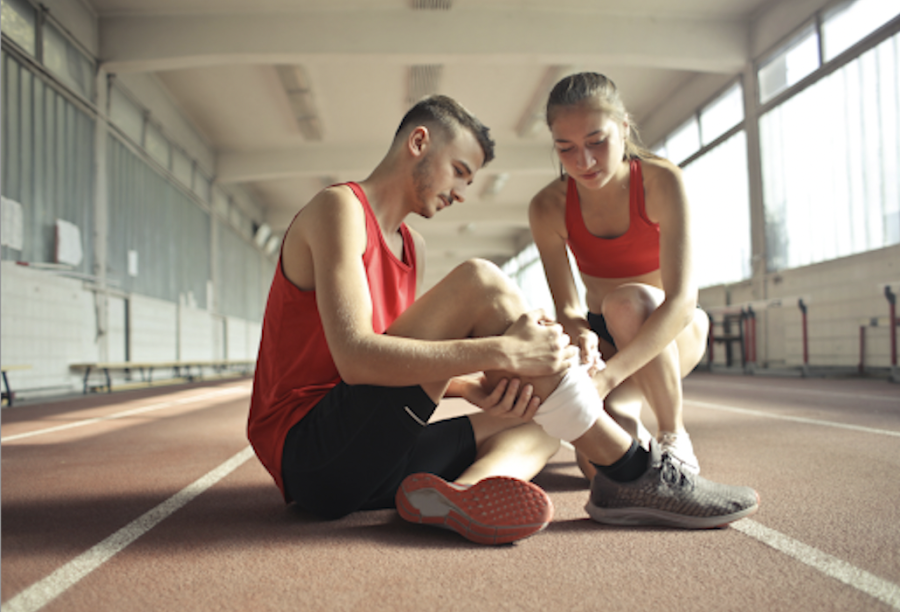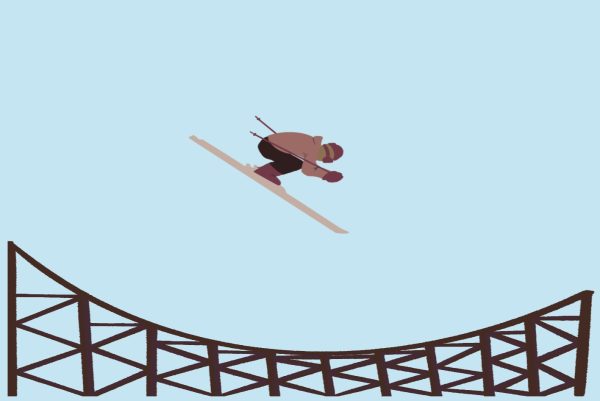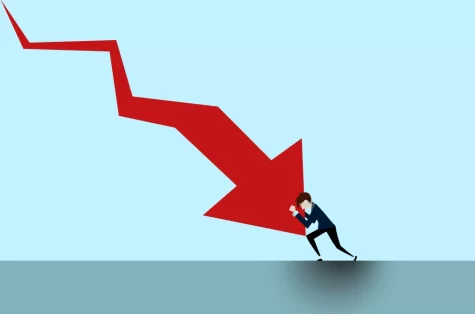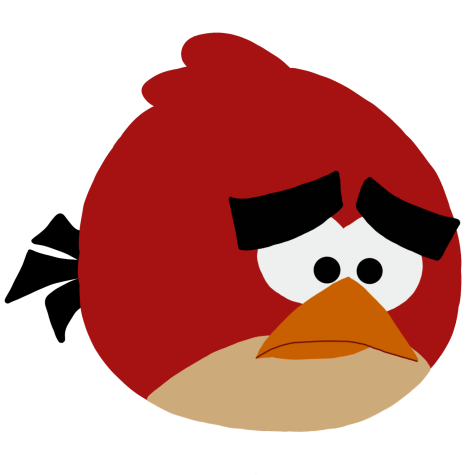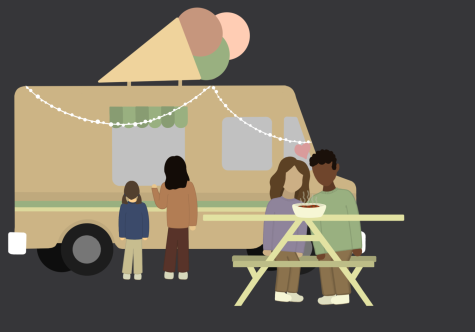Injuries impacts on athletes
There are many sports teams at FHS, and with that comes a lot of injuries. Injuries during a season can have huge effects on the mental and physical health of an athlete. It generally also has an impact on the team; although, it depends if it is a team or an individual sport. Most athletes that get injured usually need to take a break to heal. However, some athletes continue competing despite the small injuries that may still have an affect on their physical health.
Sophomore Shay Yaakobovitz from Track and Field, and junior Noam Shpigel from Cross Country are two FHS athletes who have beninjured during the season. They describe how they had to face not only their opponents but also challenges posed by their own bodies.
“I had shin splints for most of the season […] after each try my legs were shaking, so I had to sit down,” Yaakobovitz said. The pains limit their performance and prevent them from reaching their full potential.
This issue affected Yaakobovitz’s running abilities.
“I couldn’t run for a long time without feeling much pain,” Shpigel said.
While Yaakobovitz and Shpigel do different sports, their experiences are very similar — a testament to the difficulty of dealing with injuries.
The physical part is the most noticeable problem of injuries. On the other hand, the mental part, and how injuries make athletes feel mentally, is just as important. Athletes have to deal with negative emotions arising from its consequences.
“It was really frustrating and infuriating, because, each day, [the mental challenges] kept getting worse,” Yaakobovitz said. They cope with the feeling of letting themselves down and their peers and family as well.
“I felt disappointed when I could not do the thing I love the most,” Shpigel said, revealing the challenges that come with having to overcome injuries.
Some athletes take breaks and some keep going. An athlete needs a constant practice regime in order to maintain and improve their level. Most athletes’ skills are affected when they take a break.
“I felt that before, I was able to run longer distances and afterwards, I was not because it hurt so much…I wasn’t able to jump as high as I used to,” Yaakobovitz said.
Continuing to practice through the pain does not guarantee staying at the same level.
Shpigel experienced the same problems as Yaakoboviz did.
“I had to take a few breaks but I never really completely stopped running,” Shpigel said. “After I took a break from running, I had to go slowly back into it, which made me realize that my injuries had an impact on how fast I ran.”
With injuries come additional problems. Depending on the sport, it may have an impact on the team. Team sports will be more affected by an athlete’s injury than an individual sport.
“It did affect my team as a relay […] it affected my sprint team, I couldn’t run as fast as I would have if I didn’t have shin splints,” Yaakobovitz said.
In any type of sport, the team’s impact is problematic since they will need to find a replacement for the athlete.
“It didn’t really affect my team since running is mostly an individual sport,” Shpigel said. Not many changes were made about the training.” However, certain sports have a great number of participants, so one athlete not participating will not be a big issue.
Most sports injuries are treated by rest; it is needed for the body to get time to heal itself. Injuries may cause problems, issues and challenges. However, with the correct care and handling, athletes can return to their sports.



